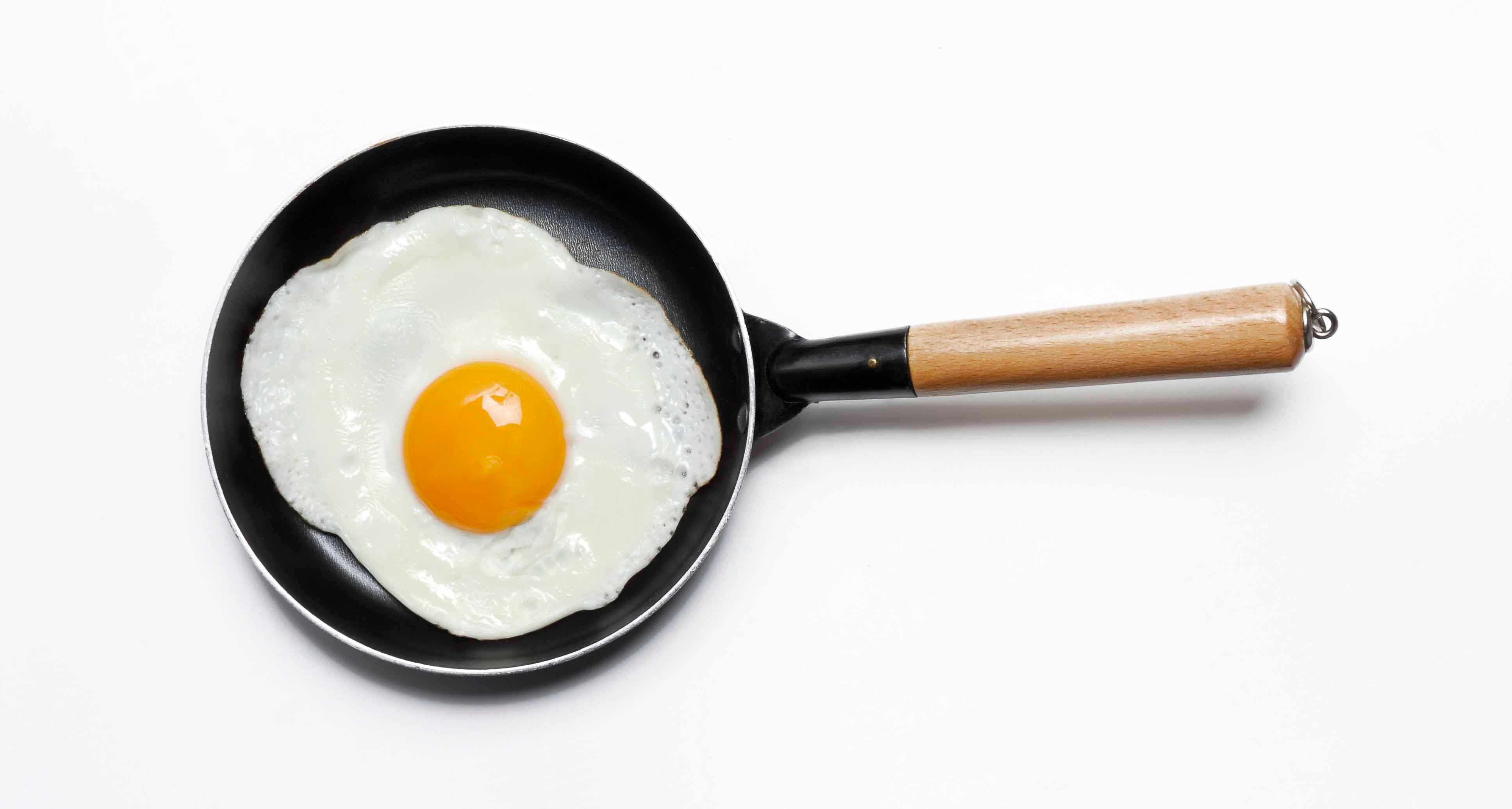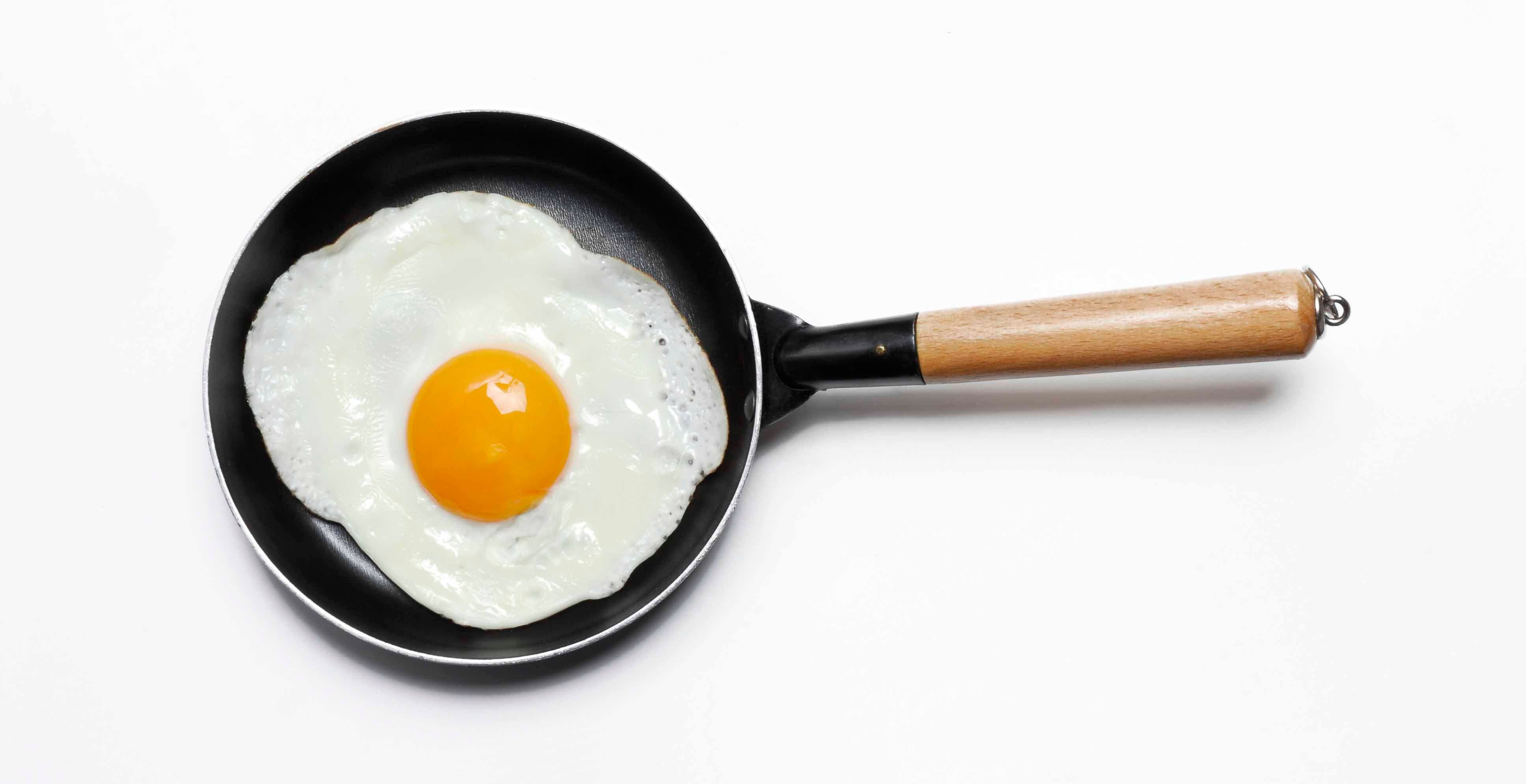For the Cooking Newbie


Gaining confidence in the kitchen is one of the most empowering things you can do for yourself. Making your own food, as well as food for your friends and family, is a rewarding way to include plenty of highly satisfying and nutritious foods in your daily SmartPoints plan.
A few general tips before you begin
- Always be mindful of what you’re doing and what’s happening around you when you’re in the kitchen. It’s important to remember that there are plenty of ways to accidentally hurt yourself in the kitchen. Keep your attention on the task in front of you.
- Read recipe instructions very carefully, making sure you’re aware of each step. It’s so frustrating to mess up a recipe because the instructions weren’t followed properly.
- Get your mise en place together before you actually start cooking or baking (translation, “everything in its place”). This French term refers to the practice of getting all your separate ingredients prepared beforehand. Fill bowls and ramekins with prepped ingredients and you’ll instantly feel more organized.
- Take a class! Improve your confidence in the kitchen by learning new skills in a classroom setting. Whether you want to have better knife skills or you’re interested in homesteading there’s a class for every interest.
- Don’t be afraid of failure in the kitchen! Home cooks of all levels experience recipe failure. It’s always a good learning opportunity (often an unattractive yet still delicious opportunity).
3 Pieces of kitchen equipment every cook should own
Knives
While it’s tempting to buy an entire set of knives, the truth is you really only need three basic knives in your repertoire (specialty knives such as fish boning knives or cheese knives can be added to your collection later on).
- A basic 8-inch chef’s knife can be used for almost all chopping jobs (since you’ll be using this knife the most it’s best to buy it in person so you can make sure the weight and handle feels good in your hand).
- A couple of small inexpensive paring knives will make quick work of slicing softer fruits and vegetables as well as cutting thin slices of citrus peel for cocktails and garnishes.
- A serrated knife, with its long row of tooth-like ridges, will make cutting through bread, pastry and cakes, citrus fruit, and tomatoes an easy task.
Baking sheet
A couple of large-rimmed baking sheets will allow you to cook, bake or roast almost anything in the oven. This extremely versatile piece of kitchen equipment can be used to prepare all different kinds of food. For easy cleanup, line the baking sheet with parchment paper or foil before using.
- Sheet pan meals: Your favourite protein + veggies + a drizzle of olive oil + seasoning = one endlessly customizable meal and very few dishes
- Roast a whole chicken or turkey breast: Use thickly sliced white onions, carrots, and celery as an edible rack when roasting poultry.
- Make homemade pizza: Try using a baking sheet as a makeshift pizza stone by flipping it upside down in a cold oven. Preheat the oven to make the pizza and let the baking sheet get very hot before cooking the pizza.
- Keeping breakfast foods warm: Next time you’re making pancakes or waffles for a crowd use a warm oven and a baking sheet to keep everything warm until serving time.
Skillet
Ideally, you’ll be using two skillets; a nonstick version and a stainless steel version. Go ahead and splurge on a nice stainless steel skillet if you’d like to, but don’t spend a fortune on the nonstick variety since they need to be replaced every couple of year after they undergo a certain amount of wear and tear.
- Nonstick skillets are great to use for cooking fried and scrambled eggs, omelettes, pancakes, sautéed veggies, and white fish (or any other delicate protein).
- Stainless steel skillets can be used for poaching (eggs, chicken, fish, etc.), making stir fries, pasta sauces, seared chicken breast and steak, and sautéed scallops.
- Stainless steel skillets also have the advantage of being oven-safe if they have a stainless steel handle, making them great for broiling and for finishing off ingredients in the oven. Make sure to wear oven mitts when you take a stainless steel skillet out of a hot oven.
- Never use metal kitchen utensils on a nonstick surface as the Teflon® can get scratched, opt for silicone or wood options. Don’t use abrasive sponges or steel wool when cleaning a nonstick skillet; use a soft cloth or nonabrasive sponge instead.
Other helpful kitchen tools…
- Measuring cups and spoons
- Stock pot with lid
- Sauce pan (a few different sizes)
- Kitchen utensils (spatula, wooden spoons, slotted spoon, ladle, microplane, whisk)
- Cutting boards (one for meat and one for everything else)
- Colander
- Box grater
- Glass casserole/baking dishes
- Muffin tins
